Last year I saw a heart wrenching play by playwright Aleshea Harris called, “What to Send Up When It Goes Down”. The premise is that, in America, we are always living in the moments before and after “it” goes down — “it” being the brutal harassment, abuse, and murder of black people.
Every day, black people across the U.S. hold their breath hoping today won’t be the day “it” happens again — that today won’t be the day we lose our life, the life of a loved one, or the life of a community member to racism. Although we hope for days of peace and tranquility, in the back of our minds we know it’s only a matter of time before “it” goes down again.
This time, Feb. 23 was the day. Ahmaud Arbery, a 25-year-old black man, was jogging along his usual route in a suburban neighborhood near Brunswick, Georgia, when two white men, Gregory McMichael and his son Travis McMichael, grabbed two guns, chased Arbery down in their white pickup truck, and shot him dead in the street. According to reports, the elder McMichael said he believed Arbery was a burglary suspect, though there has been no evidence linking Arbery to a crime. Not until more than two months later, after the public release of graphic video footage of the incident, was the father-son duo arrested for the killing.
The murder of Ahmaud Arbery, and the seeming unwillingness of law enforcement authorities to hold his killers accountable, holds important lessons about racism, power, and privilege in American society. As a medical student and activist, I think the tragedy also holds important lessons for health professionals, particularly during a moment when the Covid-19 pandemic threatens to exacerbate health inequities in the U.S.
First, health professionals should recognize that not all medical and public health advice is created equal. When Arbery’s life was snatched away from him in the name of hate and racism, he was undertaking what should have been a simple act of caring for his body, one recommended in the U.S. Department of Health and Human Services’ guidelines for physical activity. Yet his actions were seen as a threat and resulted in violence against the same body he sought to protect by exercising.
The fact is, black bodies are weaponized in American society. Implicit and explicit messages about the “danger” of black people have been ingrained into our minds since the advent of the concept of race. By following the most basic public health guidelines, such as exercising or wearing a face covering in public, black people, paradoxically, could be putting their lives at risk.
For these reasons, my heart sank when I saw this video of Dr. Oz recommending that people wear bandanas as face coverings. I knew that if my 12-year-old brother were to follow such advice, he would likely be presumed a threat by denizens of our suburban neighborhood — or worse, considered a criminal by local police. If jogging as a black man is deadly, then doing so with a mask could be twice as lethal.
Consequently, many black men might elect not to wear a face covering in public during the Covid-19 pandemic. This should not be taken as a show of disregard for public health, but rather as a survival tactic; black men reasonably fear that covering their faces might make them a target for violence. These sociological dynamics, combined with the historical overcrowding of black neighborhoods, can make it more difficult for black people to follow guidelines recommended to slow the spread of Covid-19.
To make matters worse, reports suggest that black communities have been over-policed during the pandemic. In Brooklyn, where half of residents are white, 97.5 percent of people arrested for Covid-19 related offenses were people of color, according to a report published in Business Insider last week. We should consider this sociological and historical context whenever we set expectations for patient health outcomes or draft public health guidelines.
A second important takeaway from Arbery’s murder is that these kinds of tragedies, and the disturbing images that so often accompany them, inflict a collective trauma on the minds and bodies of black patients. I still have heartbreaking images in my head of when 12-year-old Tamir Rice fell to the ground after being shot by police on a Cleveland playground; when Michael Brown’s bullet-pierced body lay limp for four hours on the streets of Ferguson, Missouri; when Eric Garner’s body hit the New York City sidewalk as he exclaimed, “I can’t breathe”. These are but a few of the images etched in my mind of black deaths fueled by racism.
These images are searchable on Google, and many of them were played on loop by media outlets across the U.S. — the murder and trauma of black people on replay for the world to see. While these heinous images have been effective in kickstarting social movements for change, and on very rare occasions have brought justice against the killers, they have lasting effects on the family, friends, and communities of the victims.
Studies have shown that adverse childhood experiences, including witnessing or being exposed to neighborhood violence and suffering unfair treatment because of race, can have lifelong negative impacts on learning, obesity, cardiovascular health, and other mental and physical ailments. Other studies suggest that victims of racism and discrimination may suffer heightened anxiety and imbalances of stress hormones. Health care’s ability to mitigate these illnesses extends only as far as society’s capacity to prevent the repeated traumatization of black people due to injustice.
A third lesson of Ahmaud Arbery’s murder is that tragedies like this one do not occur in a vacuum, and therefore medicine should not be taught in a vacuum either. Arbery’s death represents a confluence of historical, sociological, and public health factors, all of which also contribute to racial health disparities more generally. Health and social justice are inextricably intertwined. If today’s medical students are not asked to grapple meaningfully with that truth, we run the risk that tomorrow’s health professionals will perpetuate further harm against black bodies.
A case in point is the false notion, highlighted in a recent piece in the New England Journal of Medicine, “that congenital qualities unique to specific racial minorities predispose them to higher rates of a particular disease.” This dangerous myth, which can flourish when statistics about health disparities are presented without appropriate social context, can lead to unfounded assertions that physiology is to blame for high rates of obesity among black women or that different races have biological distinct respiratory organs.
If the next generation of healers is to adequately treat and support our most vulnerable patient populations, it is imperative that they learn a more interdisciplinary and nuanced approach to medicine. This curriculum should span all levels of medical education, beginning with first-year medical students and continuing through to the highest ranks of medicine. Healers should be trained not only to treat diseases but to understand their complex pathologies — even when those pathologies originate outside the realm of biology.
Whether it’s a matter of hours, days, weeks, or months, in America “it” is always about to go down. As vital members of our society, health professionals of all disciplines are uniquely positioned to advocate for the protection and wellness of the marginalized. We have miles to go, but by acknowledging racism’s impact on black health outcomes and better training the next generation of healers, we can work to ensure that people like Ahmaud Arbery have a safe space to exist.



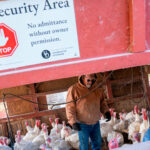
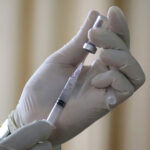



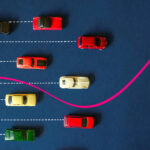

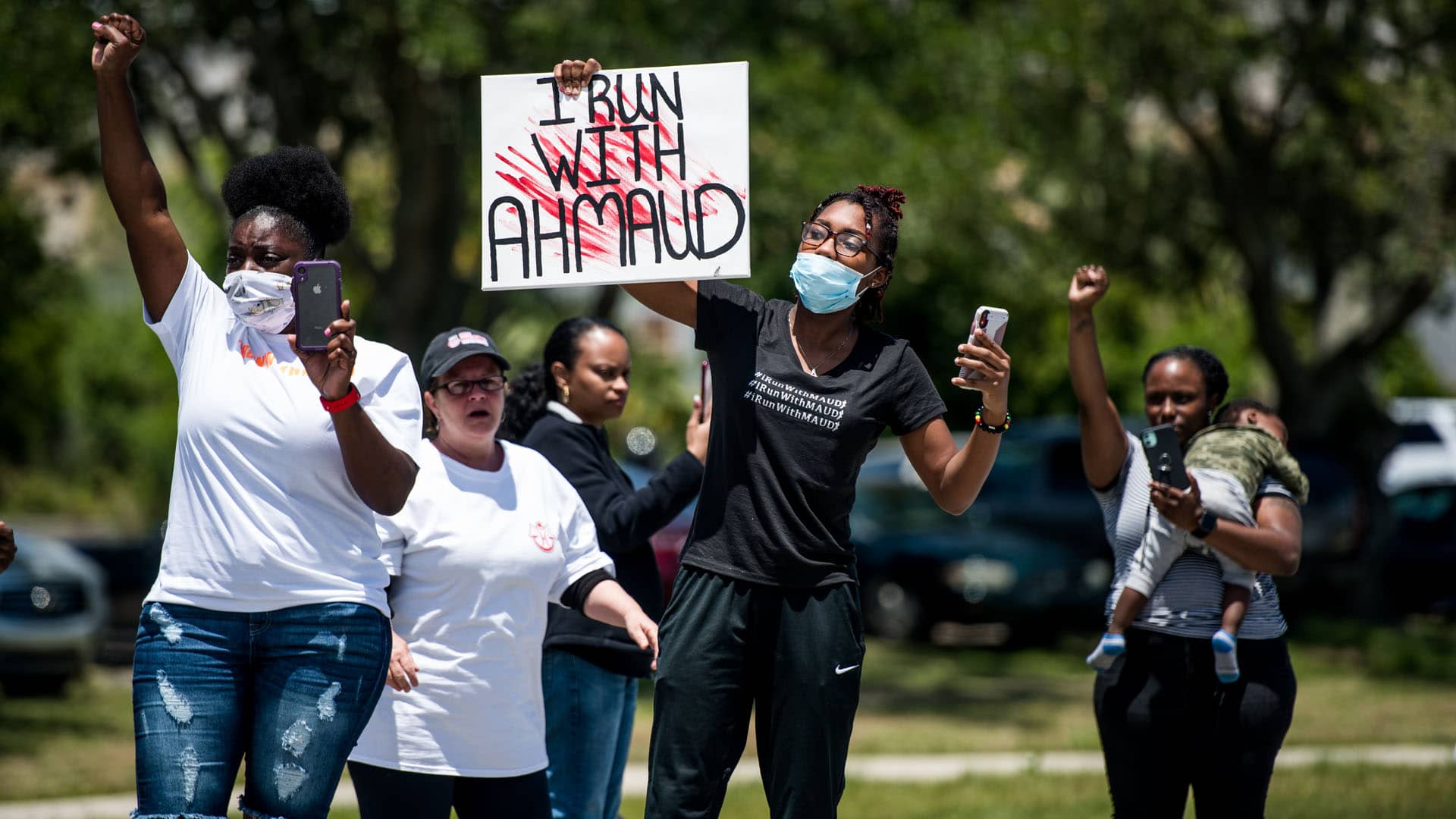
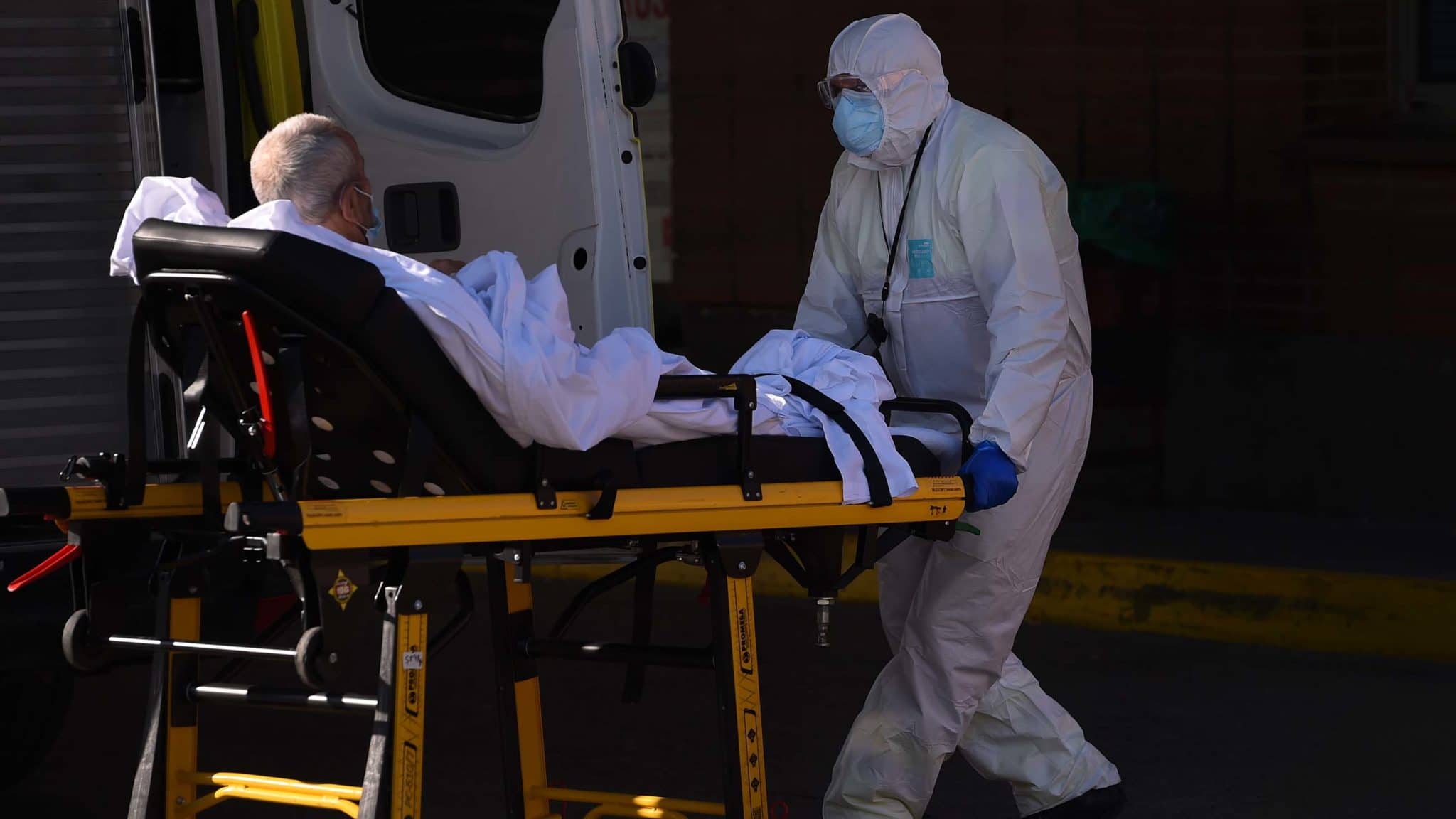
Comments are automatically closed one year after article publication. Archived comments are below.
Thank you for this thoughtful piece. Several weeks ago, my partner, who is white, was voicing anxiety about the possibility that any time he or I left the house we might encounter someone who would infect us with the possibly deadly novel coronavirus, I noted that this is how black folks feel all the time in America. I’m a white woman who teaches and writes about the history of white supremacy, but even though I’ve always known that racism — and fear of the kind of violence Ahmaud Arbery suffered — is a daily, stressful reality for millions of people of color in this country, the stress of living through this pandemic has made it more vicerally understandable. To be sure, Ahmuad Arbery was NOT murdered because he was black. He was murdered because we live in a nation that tolerates and even promotes white supremacy. That is why Lashyra Nolen’s thoughtful reminder that even efforts to promote public health can have deadly consequences in a culture soaked in explicit and implicit bias is so important.